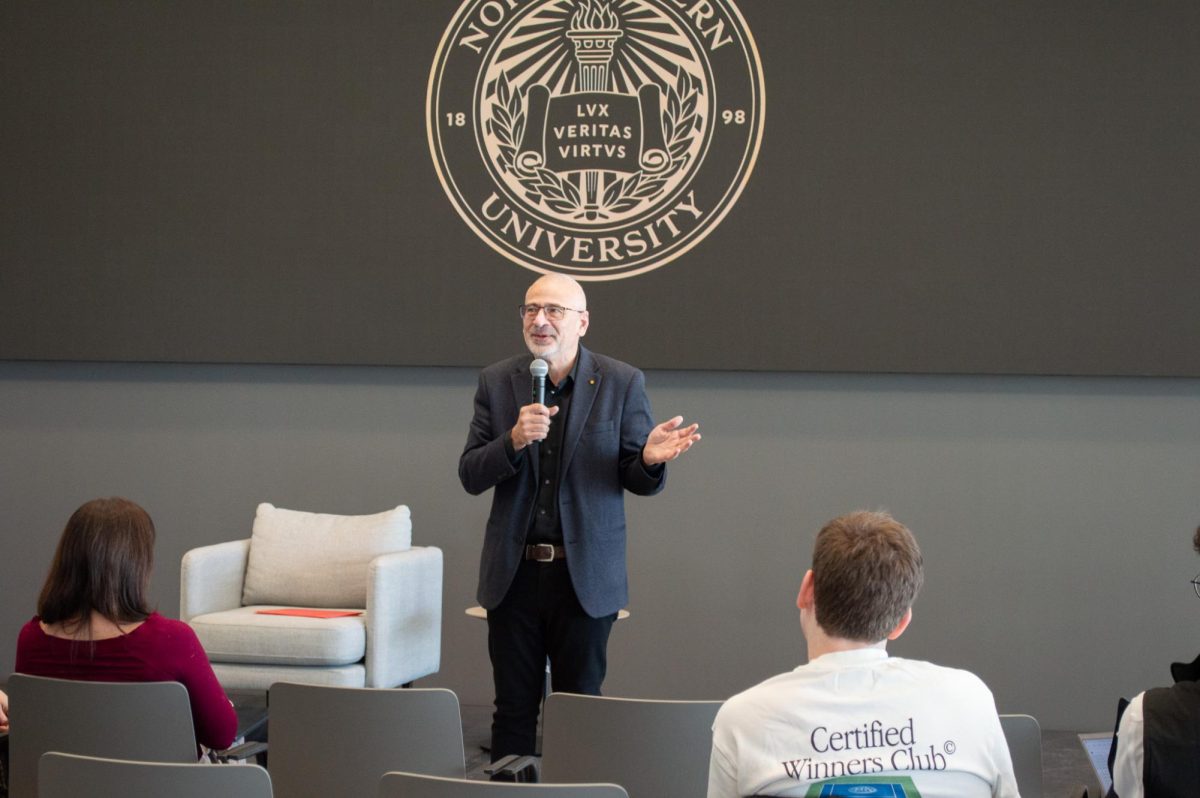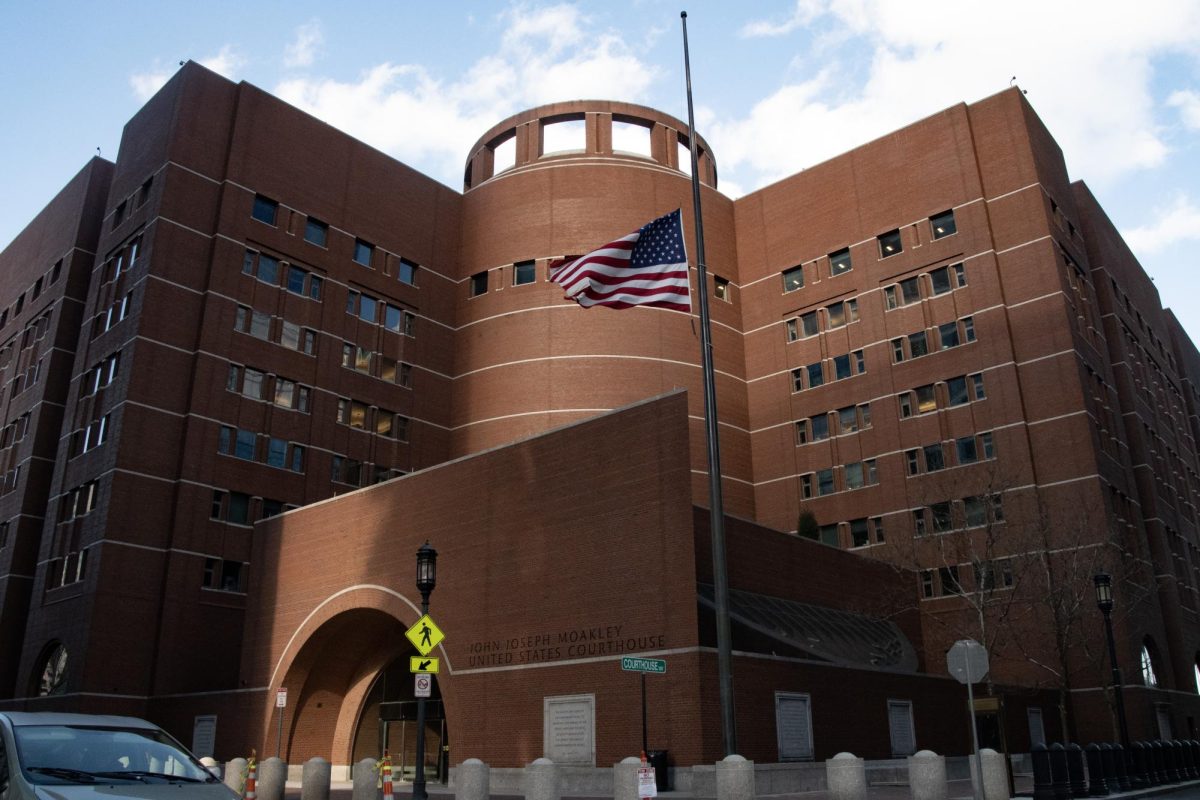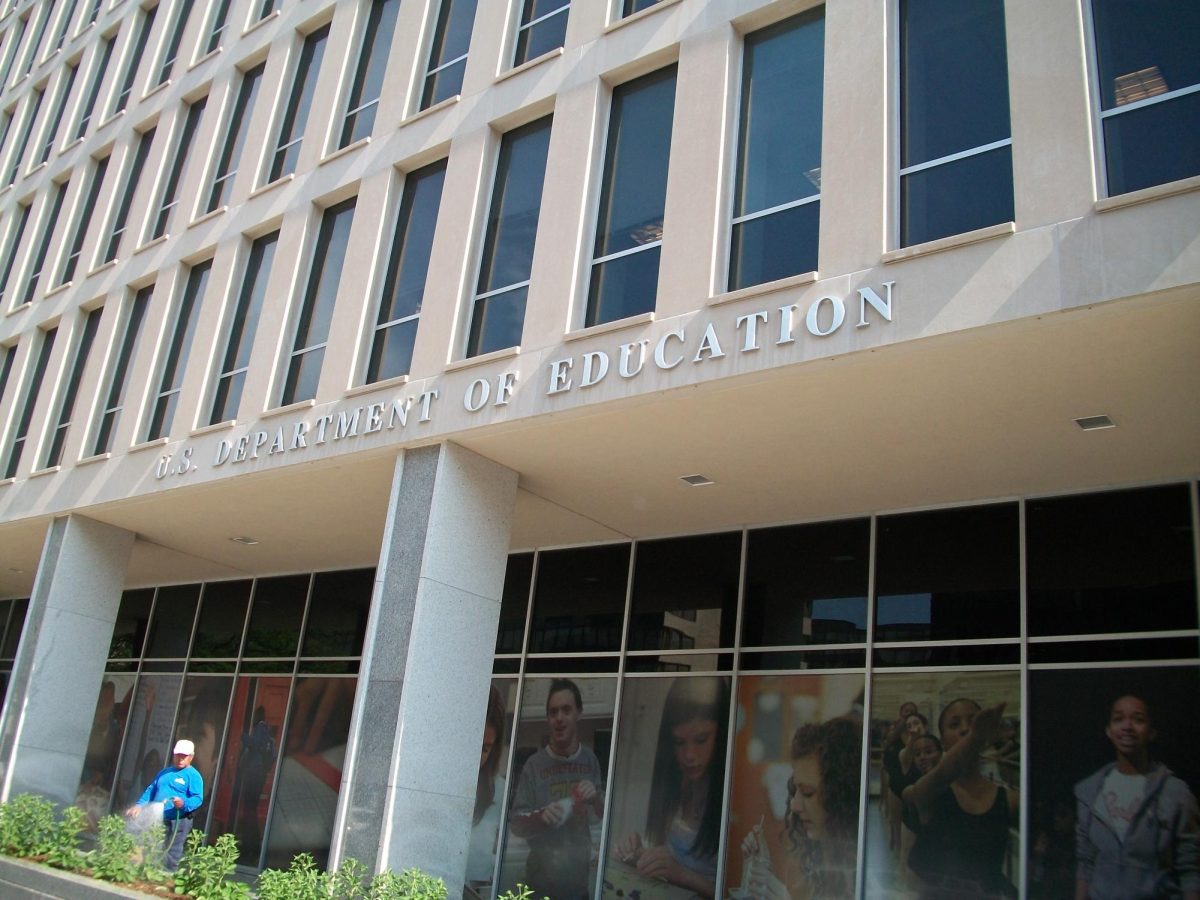By Alyson St. Amand
In the Virtual Reality Laboratory in the Snell Engineering Center sits the front half of a mini van equipped with seats, a steering wheel, foot pedals and mirrors. This mini van is part of an extensive project that uses virtual reality to create a virtual driving simulator that may revolutionize the traditional driving test.
The project is the result of mechanical, industrial and manufacturing engineering Professor Ronald Mourant’s goal to build a better driving simulator for driver education.
In 1995, Professor Mourant, along with former NU student Oren Levine, put together the world’s first virtual reality driving simulator using a Helmet Mounted Display. This new project would allow everyone to experience driving under the same conditions.
Currently, Mourant is working with five graduate students on the Virginia Project, sponsored by the University of Virginia, to create a real world virtual reality driving simulator that travels along actual roads in Charlottesville, Va.
Mourant videotaped his own vehicle traveling along these roads in Charlottesville. The graduate students refer to this tape when making the 3D virtual driving environment. The program currently includes such things as highway driving, changing lanes, pedestrians, stop lights and stop signs. The vehicle mirror images can also be used in the virtual environment. Sounds are delivered through speakers or ear phones.
Computer systems engineering graduate students Farnaz Baniahmad and Pelin Ersavas explain that the virtual roads are created using the AutoCAD program. AutoCAD provides the coordinates for every part of the Virginia roads. Using the coordinates gathered beforehand, the roads are constructed on the computer. Everything including the actual roads, stop signs, street lights, and other road signs are constructed to be an exact copy of the roads in Charlottesville. The computer program Java 3D is used to create the three-dimensional world on the computer. Screens on all three sides of the minivan will display the three dimensional world.
Baniahmad says a current goal for the project is to have a faster simulator with less memory usage. They are also currently working on having another multi-screen to see 180 degrees.
Their goal to create a realistic representation of a driver testing route in Charlottesville will be tested by allowing drivers in the real world to complete the traditional driving route and then complete the route of the real world built in virtual reality and compare the performance.
They hope to complete the Virginia Project by June 30, 2003.
Baniahmad and Ersavas, along with graduate students Shijun Li, Hongyang Sun, Piriyakala Suresh and Guihua Yang are working with Professor Mourant and Assistant Director Beverly Jaeger on the Virginia Project. Mourant is the principal investigator. He wrote the research proposal and handles all communication with the University of Virginia. He meets with the graduate students on a weekly basis to supervise their work. There are also several other graduate students who in the past have also contributed to the project.
In a past similar project, graduate students created a virtual reality driving simulator that was delivered to the Kessler Rehabilitation Institute in West Orange, N.J.
“They are using it to access the driving performance of patients who have had brain injuries and want to resume driving in the real world,” said Mourant.
“We hope people can practice with this. I like the idea that people with any kind of disability can test themselves to see if they are ready to go to the real world driving,” said Baniahmad.
The Kessler project simulated nighttime driving as well as day time driving, and included weather related scenarios such as rain and fog. Various scenarios could be turned on and off in the Kessler Project, such as a person suddenly walking in front of a vehicle.
To learn more about the Virginia and Kessler Projects, check out the Virtual Environments Website at www.coe.neu.edu/~mourant-velab.html.









